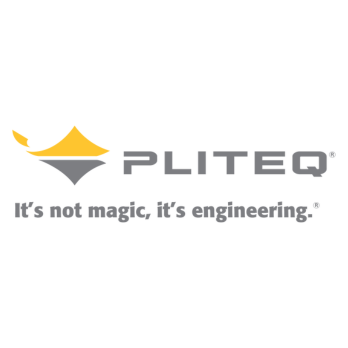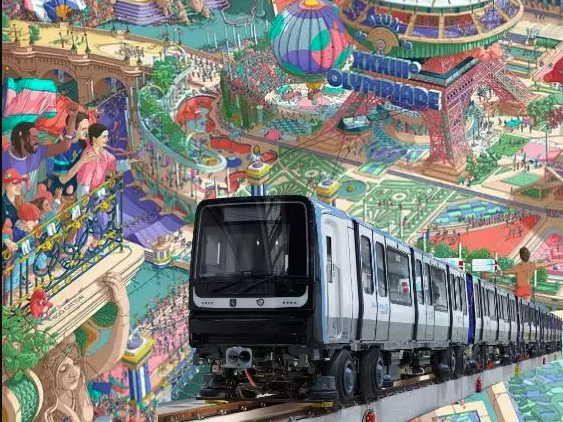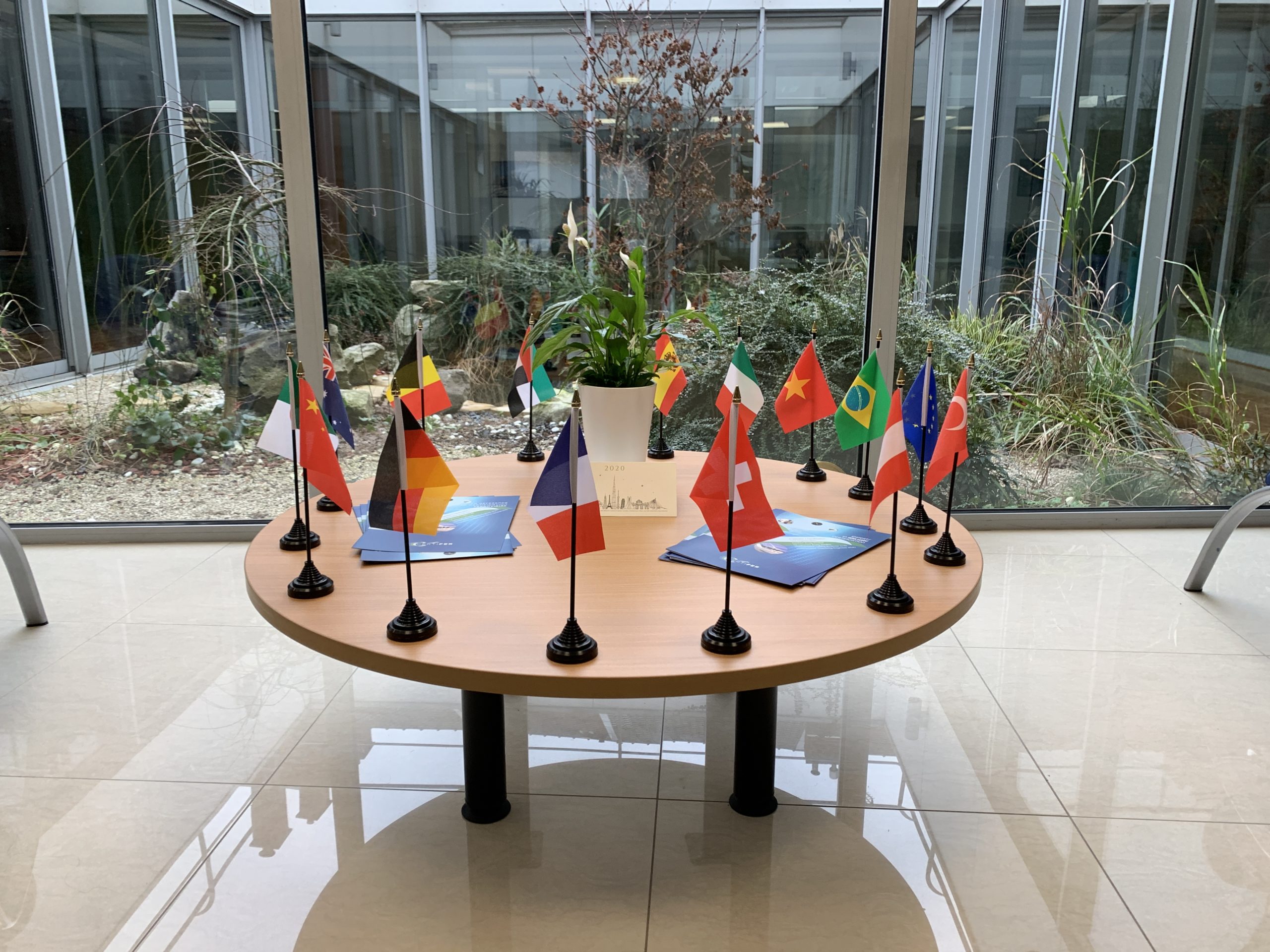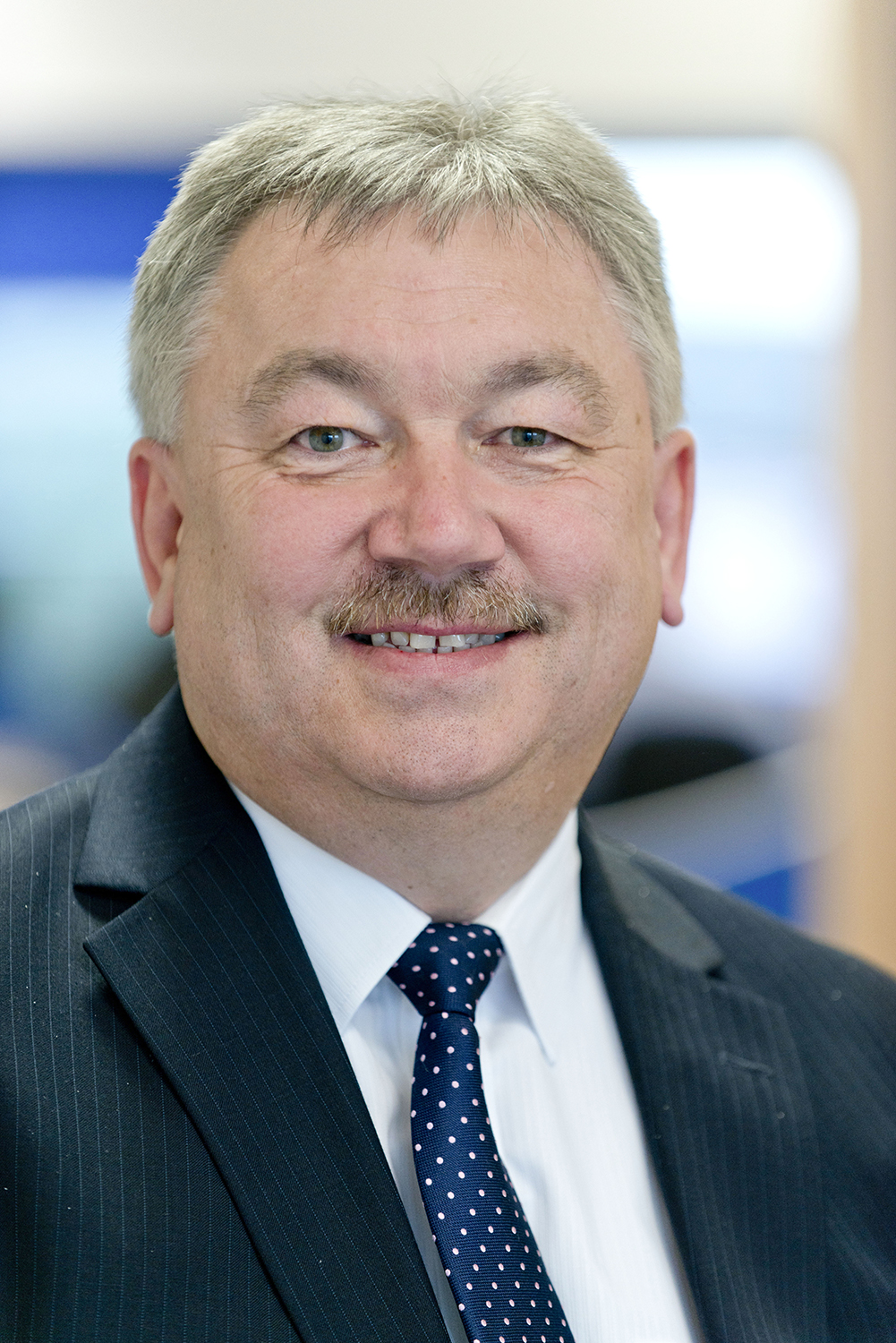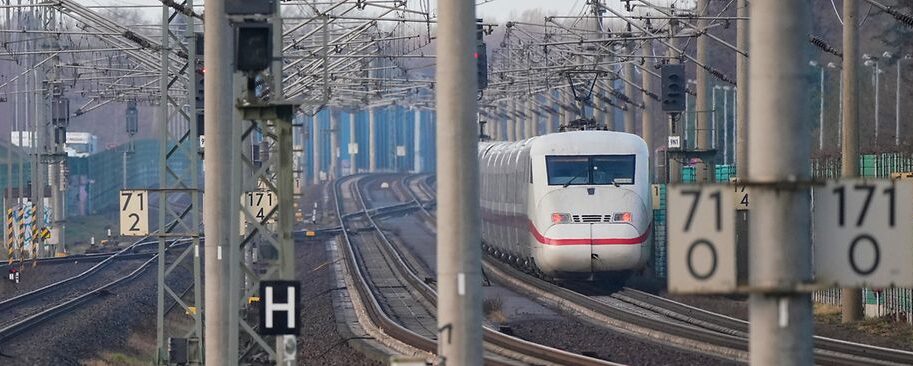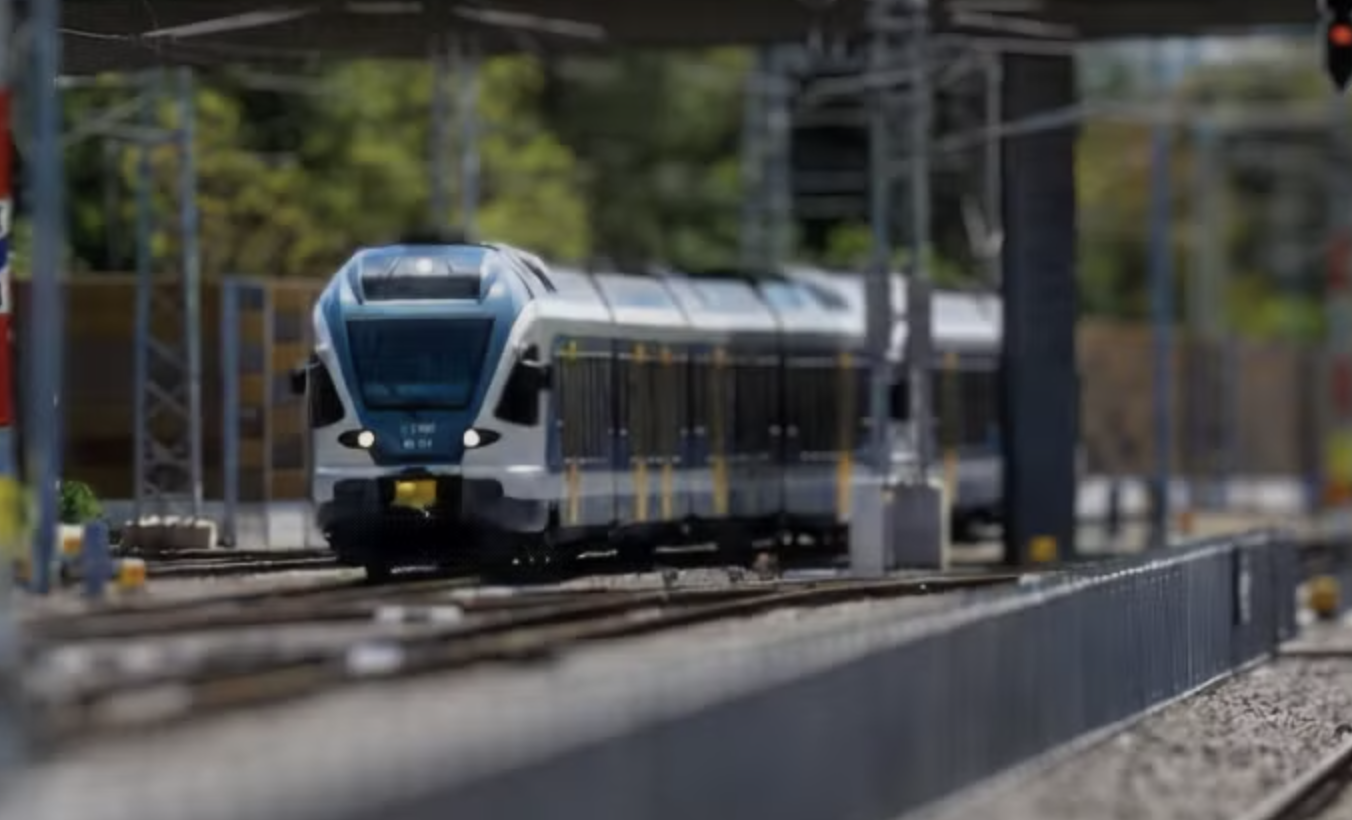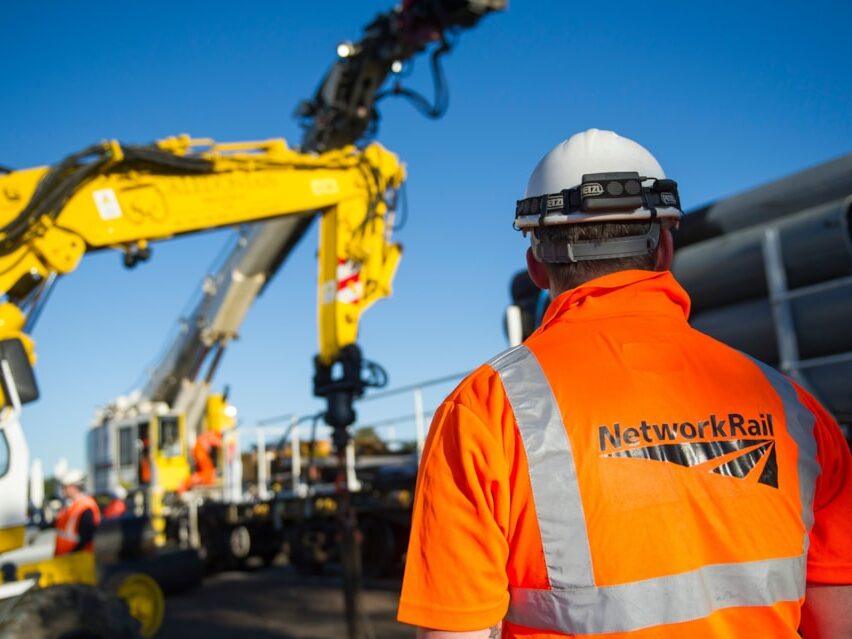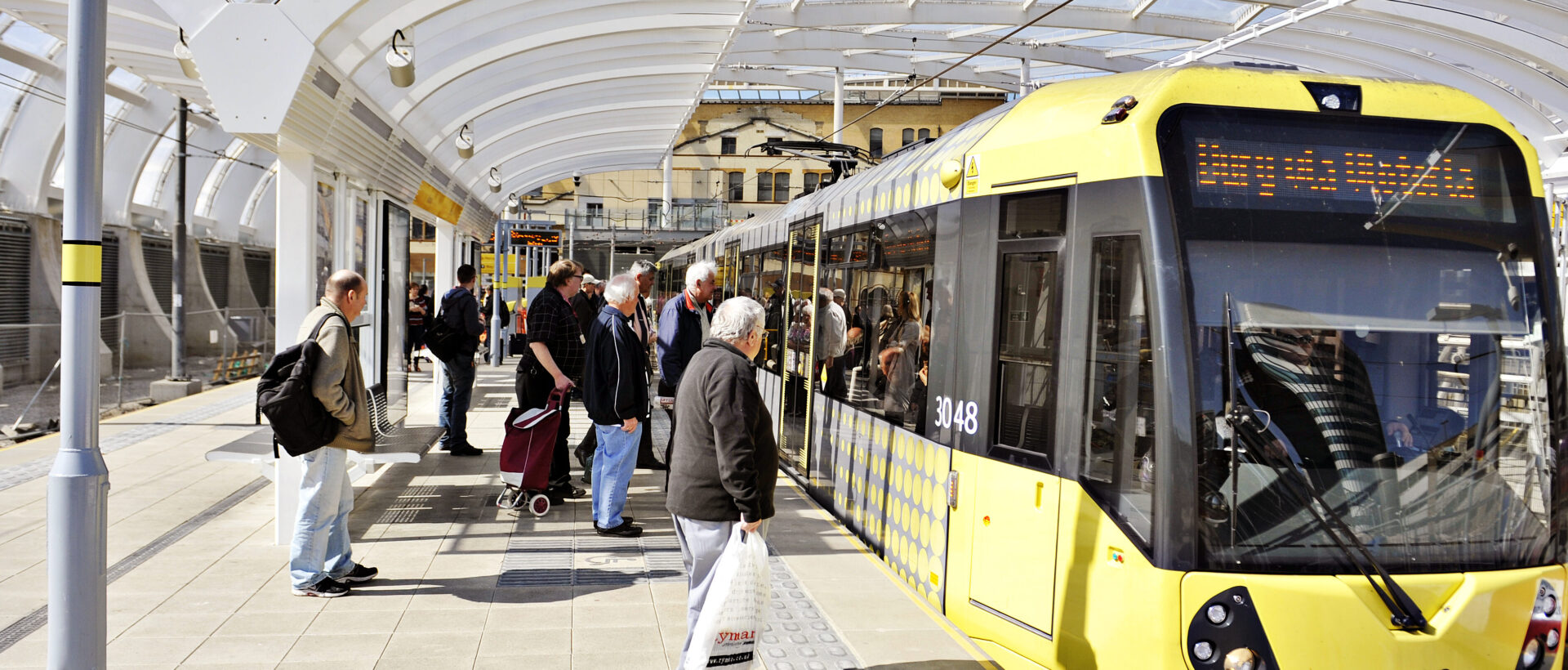Railway-News speaks with Pliteq’s Engineering Lead for Rail and Ground-Borne Vibration, Mykola Tverdokhlib, about how the company’s rubber-based materials are helping rail operators reduce noise, vibration and maintenance costs.
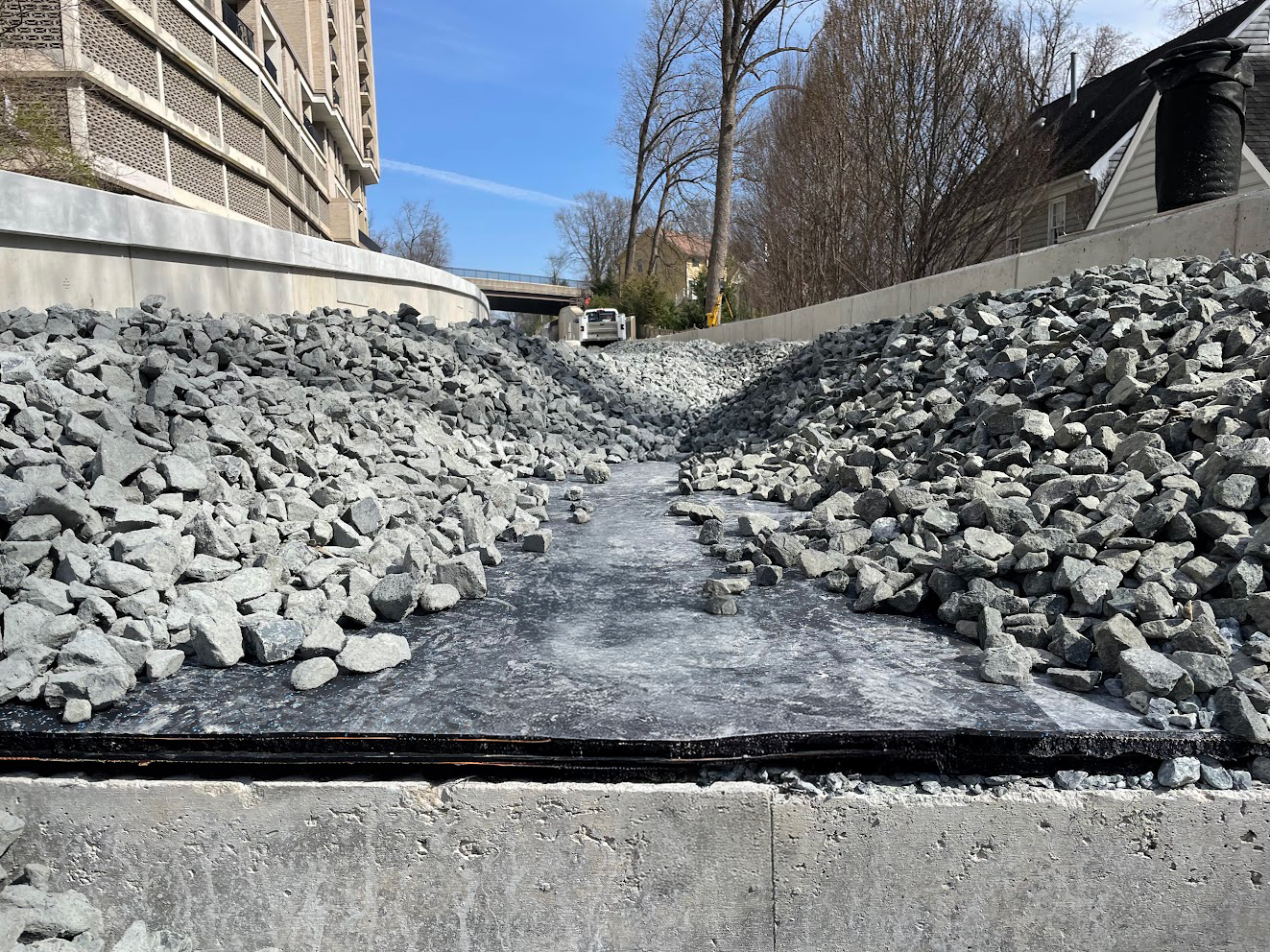
Railway-News: Pliteq has established itself as a leader in track elastomer solutions for the rail industry. What would you say sets you apart from your competitors?
Mykola Tverdokhlib: Pliteq has been a leader in manufacturing of rubber materials used for noise and vibration in railroad tracks for over 20+ years.
The inherent elasticity and longevity of rubber are fundamental to our approach, allowing us to offer elastomers that are dynamically soft – an important characteristic for effective noise and vibration mitigation, as well as precise track stiffness control – while consistently maintaining performance over millions of load cycles and many years in track.
Crucially, our rubber manufacturing expertise is strongly backed by our commitment to data and sophisticated modelling. This combination ensures we engineer reliable, long-lasting solutions tailored to the specific demands of railway environments.
RN: How did the company come about?
Tverdokhlib: Well, the history of Pliteq is the history of our CEO Paul Downey. An engineer by trade, he’s been involved in rubber manufacturing and track materials for over three decades. He holds over 40 patents, many focused on noise and vibration mitigation.
Pliteq spent a lot of time behind the scenes supplying other distributors, but over the years has worked more and more with end clients directly. Headquartered in Toronto, Canada, today we have engineering teams in locations all over the world and sell into 50 countries globally.
RN: In terms of materials innovation, what are the biggest challenges the rail industry faces and how does Pliteq help address them?
Tverdokhlib: Well, with growing populations, cities become denser, meaning railway lines often run close to buildings, creating concerns about excess vibration. At the same time, the increased movement of both passengers and goods places greater and more frequent demands on railway tracks.
Traditional railroad track, with its inherent limitations in elasticity, can transmit these dynamic forces directly into the ground and accelerate wear on components. Our material innovation addresses this by introducing controlled elasticity through advanced elastomers.
In dense urban settings, this significantly dampens the dynamic forces, reducing ground-borne vibration affecting nearby buildings. For freight and high-traffic passenger lines, this controlled elasticity minimizes dynamic loads on the ballast and track structure, ultimately enhancing the longevity and stability of the railway.
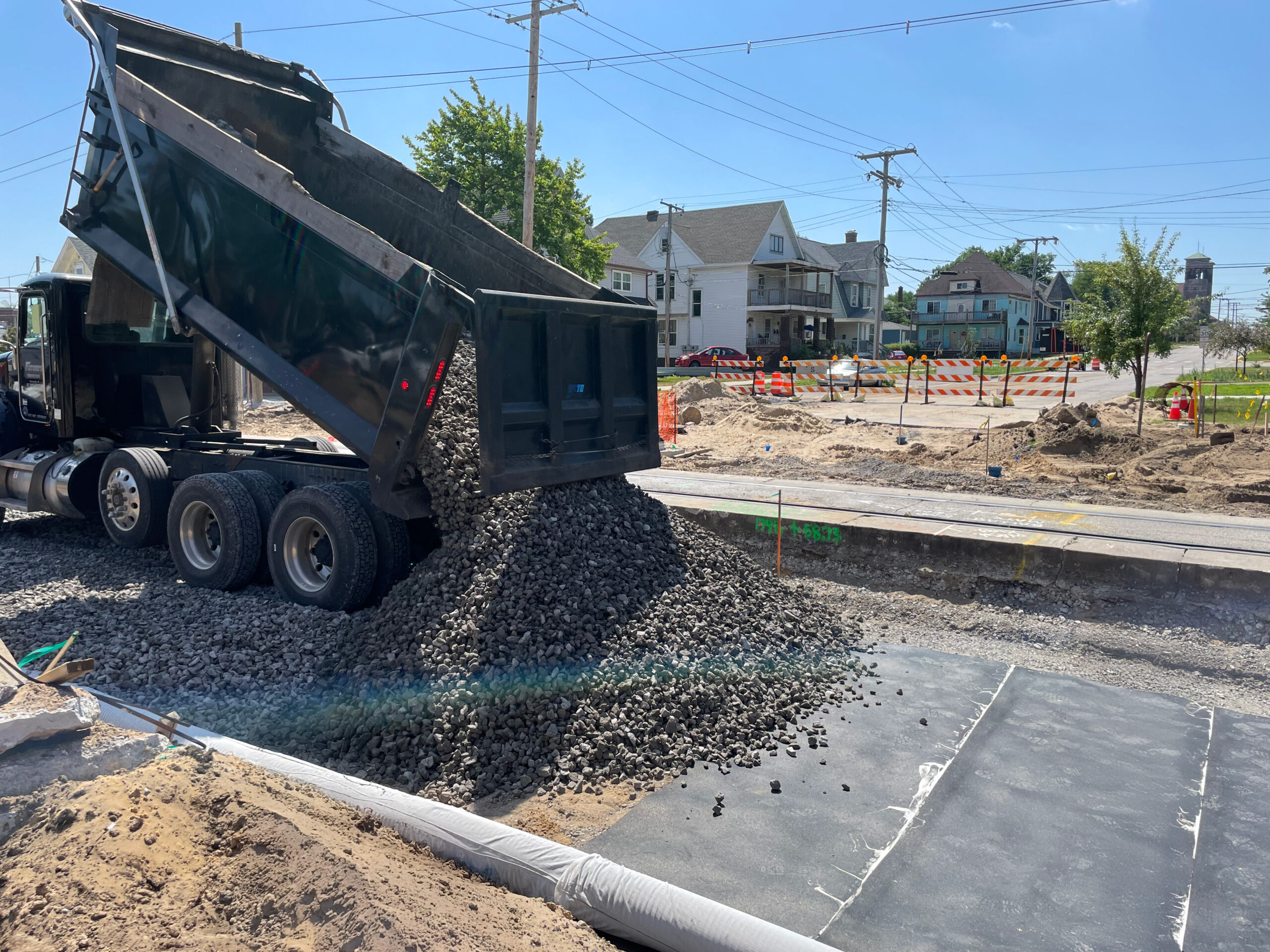
RN: Can you tell me more about your solutions and how they work?
Tverdokhlib: Our products include the GenieMat RTP, which is a rubber pad attached to the bottom of the sleeper, and is primarily used to increase track longevity and reduce tamping by a factor of 2–3x. This helps reduce maintenance costs and reduce track down time.
Our GenieMat BST line is typically used for noise and vibration and also in transition zones to control track stiffness. Placed between ballast and subgrade, this material reduces vibration transfer from trains into surrounding areas.
Lastly, we have the GenieMat FST system that sits between the floating slabs and structural troughs on ballast-less tracks to reduce vibration.
Our solutions are essentially based on the great inherent benefits of rubber. This material is used for vibration isolation in multiple demanding industries including aerospace, industry, and construction because of its inherent ability to dampen vibration. It also retains its elasticity and stiffness. Even under repeated heavy loads, the material is able to maintain its elasticity, which means it can provide the noise and vibration dampening and the longevity that the rail industry needs.
Using this base, we fine-tune the material during our manufacturing depending on the end application. So, whether it’s for urban or freight rail, for noise and vibration reduction or improved longevity, we optimise the formulation so it performs best in that customer’s scenario.
RN: With rail infrastructure found in the hottest and coldest parts of the world, does your solution work across the board?
Tverdokhlib: Well, we send our products all over the world, so yes, our material has an operating temperature range from minus 40 to 110 degrees Celsius, and we test our products against a wide variety of environmental factors including temperature resistance and freeze-thaw cycling. We ensure our materials are not only within the industry standards, but also exceed the requirements whenever possible.
For example, one of our major projects in a hot climate is in Mexico, the Tren Maya line, while Lakeshore East is located in the cold climate of Toronto, Canada.
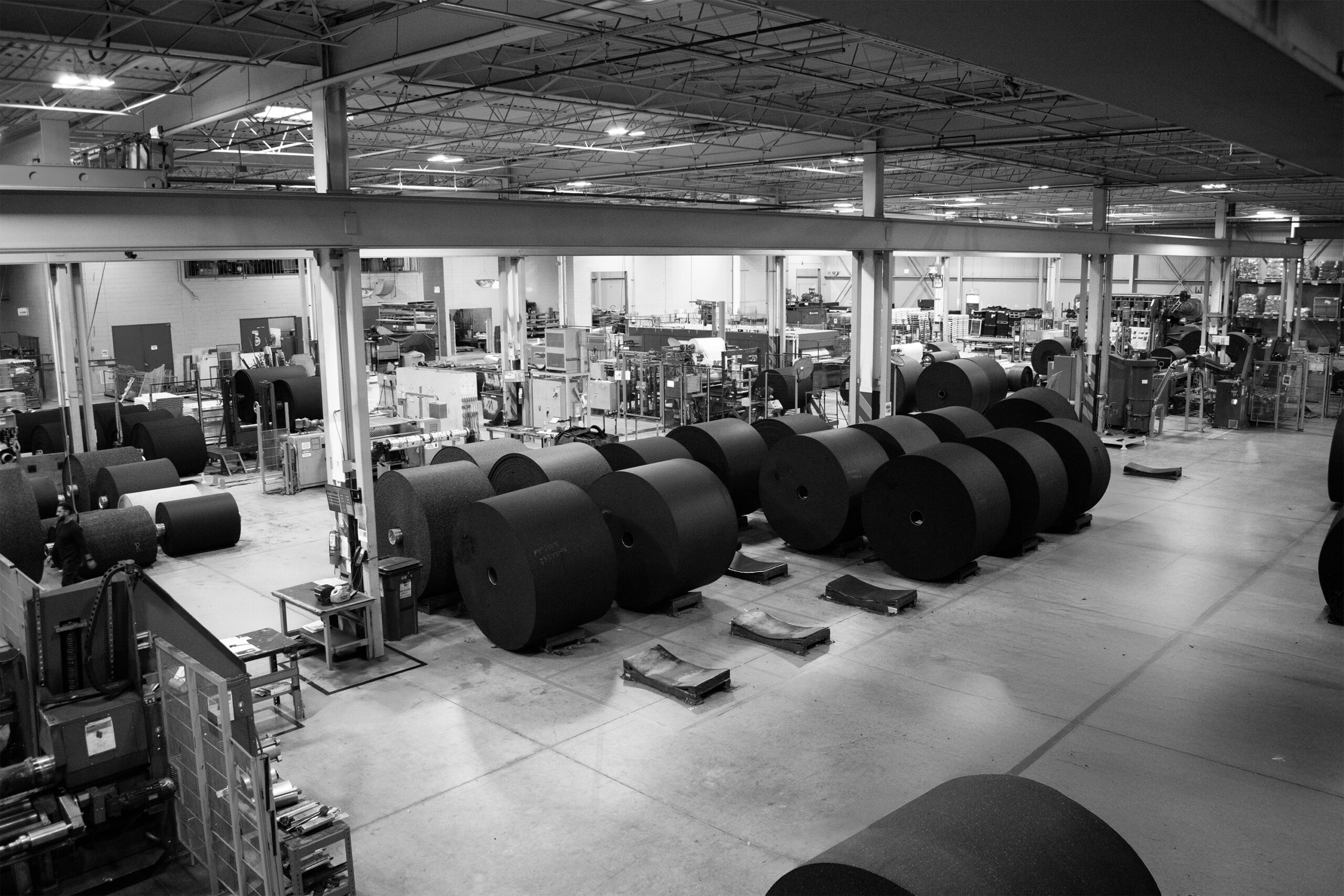
RN: What metrics do you use to measure performance?
Tverdokhlib: It’s a combination of things. For example, we look at the static and dynamic stiffness of the material, particularly how it behaves with repeated loading and vibration. These properties are used to determine rail deflection and vibration mitigation characteristics.
Then we also look at the resistance to fatigue, ensuring long-term durability under stress. These are measured against industry standards from both Europe and North America.
RN: Have you got any examples of rail projects where your products have been used and they’ve had a significant impact?
Tverdokhlib: In one of our projects in Mexico, our materials met stringent vibration isolation standards near sensitive receptors on a mixed-use line.
We’ve also been involved in so many light rail and commuter projects in the US where residences and other buildings are close to the railway. The engineers had some precise requirements for how stiff the material had to be to meet the noise and vibration metrics. Again, we were able to meet all of those requirements.
Our most recent project is Lakeshore East in Toronto, which we were awarded due to our solution meeting strict noise and vibration metrics. Our systems are also in use by major operators and are valued for their longevity and performance.
RN: R&D is an important part of your organisation. What recent breakthroughs have you had that have improved your products and what are you currently working on?
Tverdokhlib: Pliteq places major focus on R&D. A significant portion of our budget goes into this and investing in new materials. We’re constantly looking at how we can make things better, and at the moment a lot of our focus is on improving our rubber formulation in order to push the limits of the material. We’re refining our rubber formulations to better meet the distinct demands of urban and freight rail systems.
RN: And are you tracking trends to anticipate future needs?
Tverdokhlib: Definitely. High-speed rail is an interesting one for sure, as there are different track demands. The tolerances are tighter because of the speed that the trains are moving, but there’s also the impact on the railroad track.
In the case of a ballast track, if you’ve got trains moving at higher speeds, that will increase the degradation of the ballast. Our core technology in advanced elastomer materials provides a strong foundation for addressing the unique challenges of high-speed rail, and we are actively testing and improving specific formulations to ensure they meet those stringent performance and durability needs.

